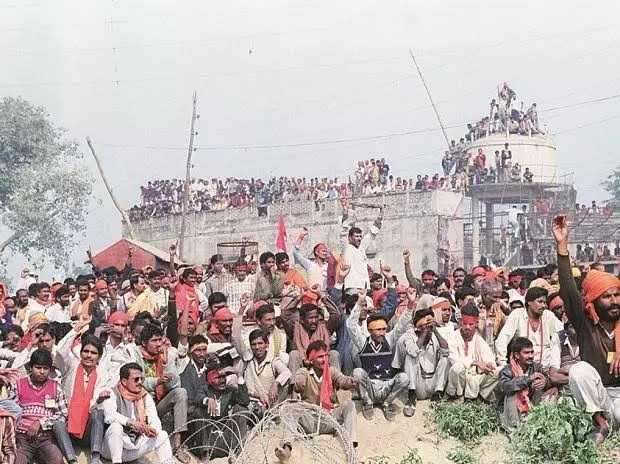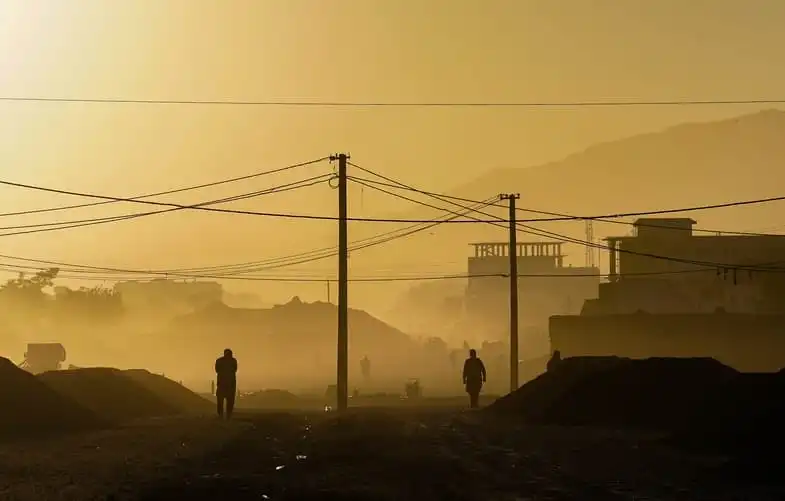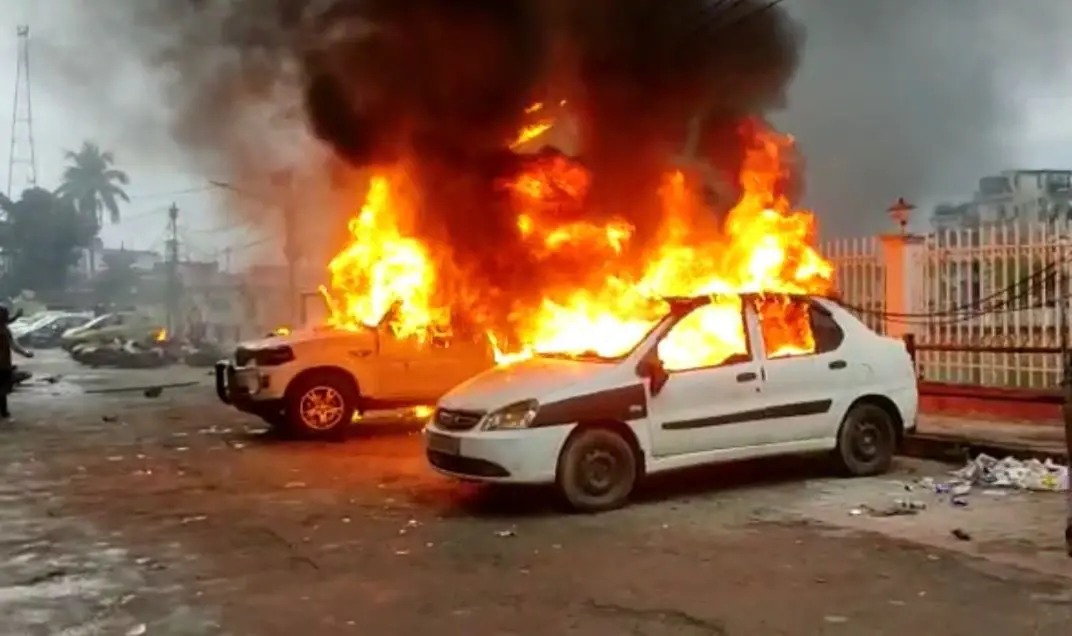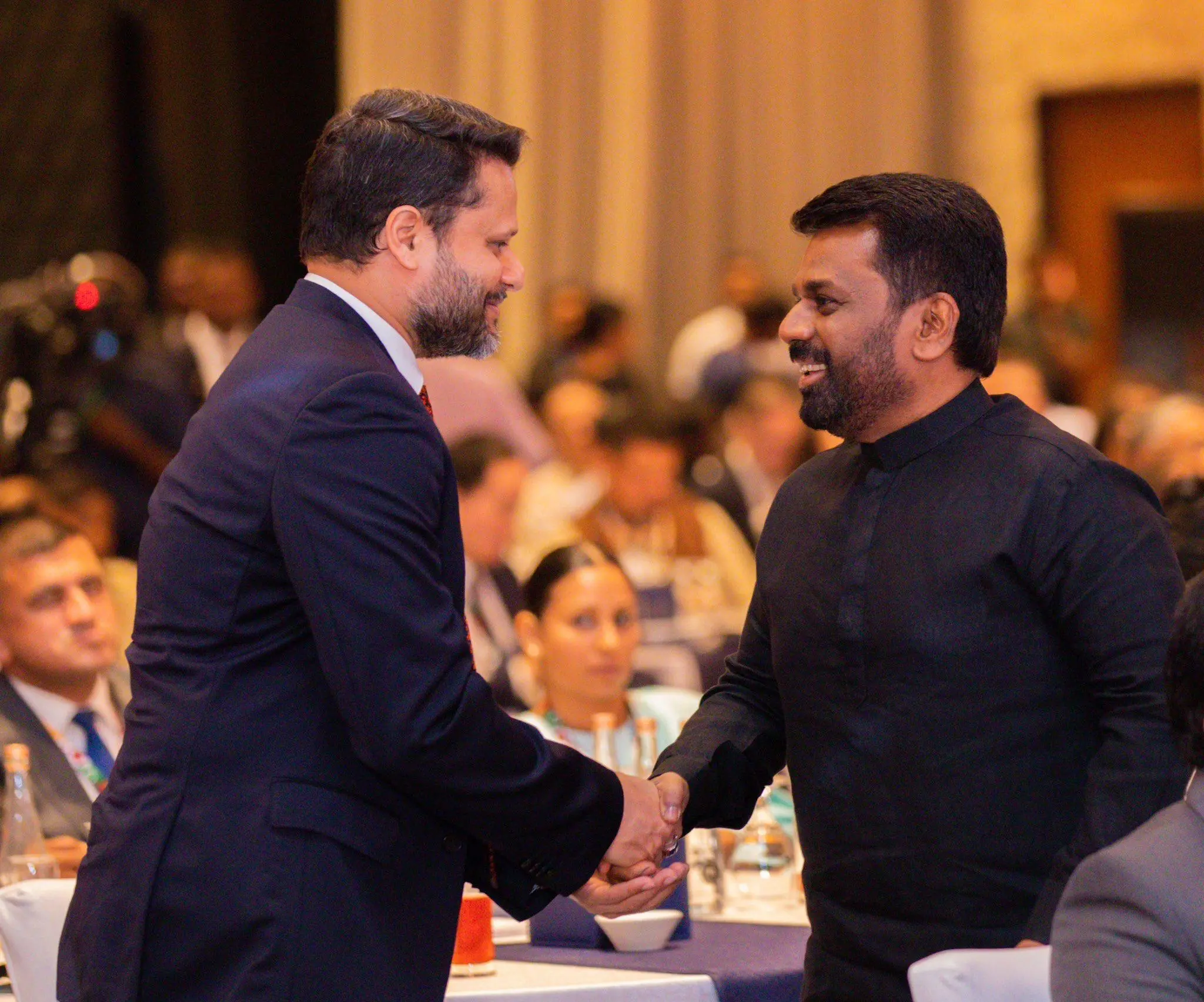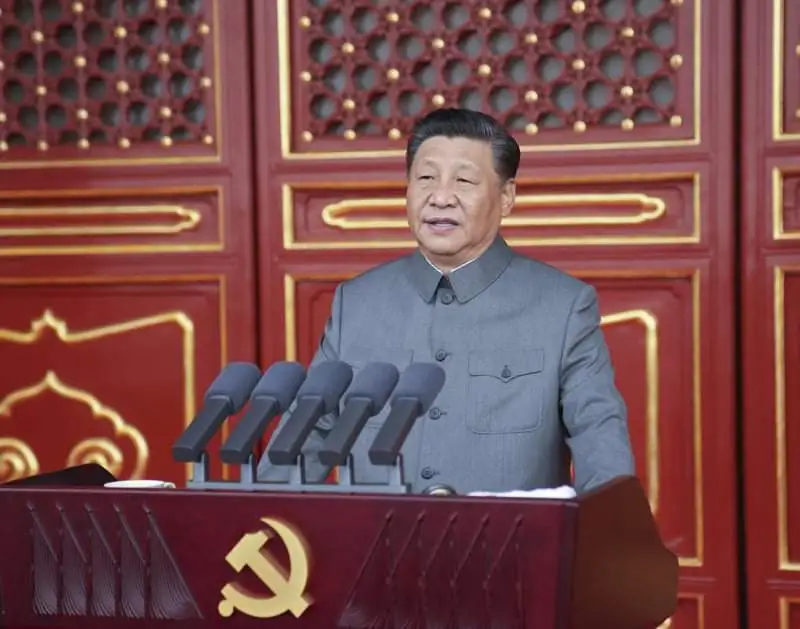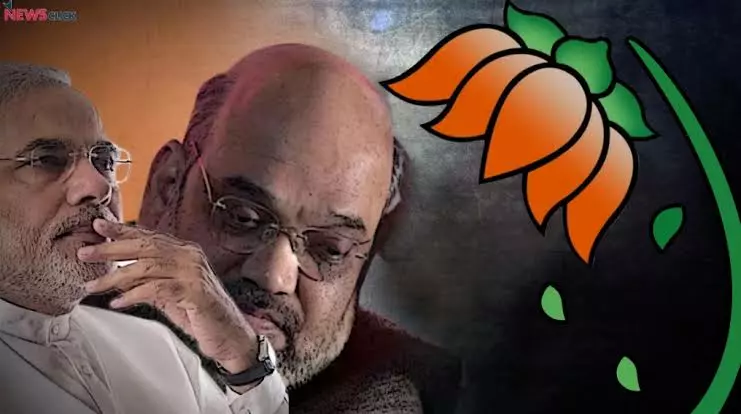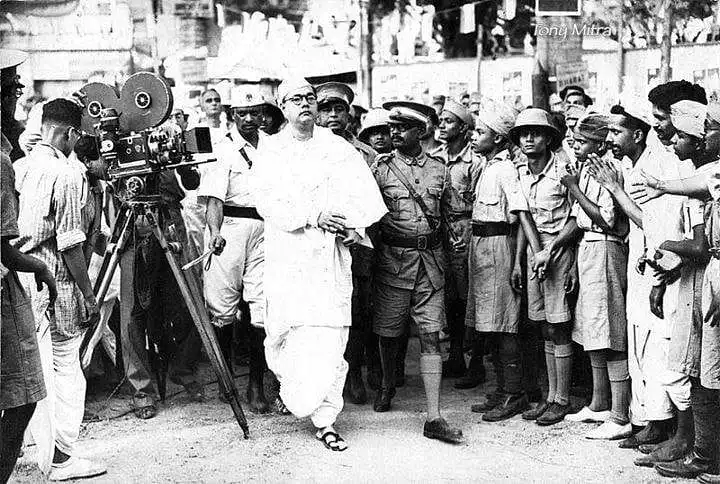December 6th, 1992, marks a black day for Indian secularism. Hindu nationalists demolished the 300-year-old Babri mosque at Faizabad district because they believed that the land was the Janmabhoomi (birthplace) of Lord Rama, known as Ayodhya, and a Rama temple was destroyed on the orders of a Muslim ruler. This essay traces the genealogy of the Rama Janmabhoomi issue. It further examines the role played by the Archaeological Survey of India (ASI) and Judiciary in India. They concretize the myth of the Rama Janmabhoomi issue into facts through methodical mistakes in interpreting historical shreds of evidence and their implicit bias against the Muslim community.
On 6th December 1992, a frenzied Hindu nationalist mob demolished the historic Babri mosque in Faizabad district. The destruction of the mosque by Hindu nationalists was based upon a belief that a small plot of land situated at Faizabad district known as Ayodhya was the birthplace of Lord Rama who was believed to have existed during the Treta Yuga of the Hindu calendar around 900,000 years ago. They alleged that Lord Rama's Temple was destroyed in the 15th century by Emperor Babar's general Mir Baqi and was replaced with the Babri Mosque.
However, the historian S.P.Udayakumar argues that the controversy is a mere matter of faith, not fact, and it is more mythological than historical. Hence, the issue is a part of popular culture and not recorded history, making it more susceptible to manipulation and politicization.
The analysis by the journalist Saif Ahmad Khan shows that archaeologists and judges of both the colonial and post-independence era in India have always had a bias towards the majority Hindu community in their discourse while promulgating implicit biases against the Muslim community. These biases come to the forefront on the Rama Janmabhoomi issue.
However, we need to look at concrete historical facts in order to reach a proper understanding of this issue.

Revisiting the ASI reports
The archaeological history of the Babri mosque/Rama temple remains contested to this day. So far, five archaeological surveys pertaining to the issue have taken place. A.E.Cunningham in 1862-63 conducted the first survey in Ayodhya followed by another in 1889-91 by A.Fuhrer. A.K.Narain conducted the third excavation in 1969-70. Professor B.B.Lal conducted the fourth study in 1969-70. The fifth and final survey was completed in 2003 by H.Manjhi and B.R.Mani on the historical topography of Ayodhya. The scholar Sushil Shrivastava argues that proper methodologies were not followed in some of the archaeological surveys.
The colonial archaeologists served their colonial masters. Therefore, it might have been in their interest to vilify Muslims as it was the Muslim rulers whom the British had to fight in order to gain control over the land we now call India. Thus, their research further served to communalize Hindu-Muslim relations.
In A.G.Noorani's book, The Babri Masjid Question, 1528-2003: 'A Matter of National Honour' Volume I, he argues that the archaeologist A.Fuhrer makes a sweeping claim in his study of Ayodhya that there were three temples including one where Lord Rama was born, which were abolished by Muslim rulers. In true oriental fashion, Fuhrer chose to write the history of that region not by confronting the primary facts but by asking the locals what they believed to have been there.[1] This is where myth replaces history. European/Eurocentric historians of that era incorporated local myths into the historical narrative thereby permanently erasing the history that actually was. Noorani talks about how after the 1857 mutiny, when, Hindus and Muslims had joined forces against their colonial oppressors, the British attempted to drive a wedge between these two religions. The anti-colonial Wahabi movement among Muslims had grown strong by then and communal rift between Hindus and Muslims would serve no one except the British.
However, in another book, Anatomy of a Confrontation: The Babri Masjid-Rama Janmabhoomi issue, the author K.N.Panikkar in his essay, argues that the problem of constructing Babri mosque at the site of the Ram temple is a recent belief. Its origins lie in the 19th-century reconstruction of the subcontinent by the colonial rulers. Pannikar explains that historians such as P.Carnegy in the 1870s, based on locally affirmed information, asserted that the Mughal rulers destroyed the temples in Ayodhya. H.R.Neville reproduced the works of Carnegy in 1905. Both Carnegy and Neville relied on local knowledge to support their anti-muslim contention. The British colonial scholars like A.S.Beveridge relied on their study of the issue because the continuous reaffirmation of their viewpoints eventually gained traction. Although there's no mention of substitution of the temple by Babar in his autobiography Babarnama, a myth propagated by colonial rulers came to be accepted as fact.[2]
In the light of the above arguments, the British archaeologists embellished the Babri mosque-Rama Janmabhoomi issue by portraying Muslims as foreign invaders who deliberately encroached upon Hindu land and defiled its sanctity and demolished their temples.
To an extent, the Indian archaeologists were also responsible for such problematic stands. The archaeologist B.B.Lal who led and carried out the excavation of Ayodhya in 1975, did not mention anything about demolition of a Hindu temple. Surprisingly, he wrote about having found pillar bases of a Hindu temple at the disputed site in the RSS magazine 'Manthan' in the 1990s.
In the fifth ASI excavation report of Ayodhya, 2002-03 (H. Manjhi and B.R. Mani) does not refer to the existence or the demolition of a temple beneath Babri mosque. In the concluding paragraph of the last chapters, they talk of remains of distinctive features associated with the north Indian temples. The scholars Jaya Menon and Supriya Varma objected to this final excavation report by ASI, saying that what ASI describes as ‘pillar bases’ were nothing more broken pieces bricks filled with mud. They further state that the alleged pillar bases could not have supported a massive structure since they belonged to different historical periods and differed from each other in terms of shape and size.
The Allahabad High court directives say that the ASI was supposed to refer the Officer on Special Duty at the disputed site as OSD- Rama Janmabhoomi and Babri Mosque, but the ASI always referred to the same as OSD- Rama Janmabhoomi. The Allahabad High court stipulated that excavation should be carried out at the disputed area under the watch of five archaeologists, two of whom should be Muslims, but in the team of fourteen sent by ASI, there was only one Muslim archaeologist.
Most ASI reports in the post-independence era neither affirm nor deny the demolition of any temples in the disputed site. However, some historical evidence suggests some relics and carved paintings were found in the area. Although it is inadequate to support the claim of the Rama Janmabhoomi issue, Hindu nationalists have broadly blown the matter out of proportion to historicize mythology.


Judicial understanding of the contested issue
A few years after the end of the mutiny of 1857, the Mahant of Hanumangarhi Temple raised a chabutra (platform) near the Babri Mosque. A complaint was filed by the Muezzin of Babri mosque, as a result of which, in 1861, the district magistrate decided to build a wall to separate the mosque from the chabutra. In 1883, the Mahant Raghubar Das started making a temple over the chabutra, but on the objections of Muslims, the sub-district magistrate ordered it to stop, which in turn led the Mahant Raghubar Das to file a suit.
However, the proceedings did not go in favor of Das, but after several appeals, the district magistrate of Faizabad, Col. J. E. A. Chaimer had given a statement as follows: "It is most unfortunate that a masjid should have been built on land specially held sacred by the Hindus, but as that event occurred 356 years ago, it is too late to remedy the grievance."[3]
On similar lines, on 1st November 1886, the judicial commissioner of Oudh W.Young observed that, "Now this spot is situated within the precinct of the grounds surrounding a mosque erected some 350 years ago owing to the bigotry and tyranny of Emperor Babur, who purposely chose the holy spot, according to Hindu legend, as the site of his mosque".[4] (p.187-188)
Based on local belief and implicit biases against the earlier Muslim rulers, the British colonial jurists relentlessly gave air to the myth that the contested or disputed land, which is Babri mosque, had always belonged to the Hindus without adequately relying on proper archaeological survey of the land.
The Judicial system  of the post-independent period inherited the bias of their former colonial masters. In 1993, The Bhartiya Janata Party’s (BJP) manifesto; White Paper on Ayodhya proclaimed that Lord Ram miraculously appeared underneath one of the domes of the Babri mosque in 1949. However, in the book Ayodhya: the dark night-The secret history of Rama’s appearance in Babri Masjid the authors Krishna Jha and Dhirendra K. Jha argue that it was a pre-planned act of Hindu-nationalists who smuggled a small Lord Rama idol, on the suggestion of the district magistrate K.K.K.Nair, and placed it underneath the dome.[5]
of the post-independent period inherited the bias of their former colonial masters. In 1993, The Bhartiya Janata Party’s (BJP) manifesto; White Paper on Ayodhya proclaimed that Lord Ram miraculously appeared underneath one of the domes of the Babri mosque in 1949. However, in the book Ayodhya: the dark night-The secret history of Rama’s appearance in Babri Masjid the authors Krishna Jha and Dhirendra K. Jha argue that it was a pre-planned act of Hindu-nationalists who smuggled a small Lord Rama idol, on the suggestion of the district magistrate K.K.K.Nair, and placed it underneath the dome.[5]
However, the case reached the gates of courts and the civil judge N.N.Chadha, in early 1950, allowed the parties to maintain the status quo and ordered not to remove the idol from the mosque and let the Hindus continue worshiping inside the mosque under some restrictions of the executive. However, when he was asked, "what about the right of the Muslims to pray inside the mosque? The civil judge replied, "It is a matter of admission between the parties that there are several mosques in the mohalla in question. The local Muslims will not, therefore, be put too much inconvenience if the interim injunction remains in force during the pendency of the case."
This is where the implicit bias against the Muslims come to the fore; the civil judge N.N.Chadha not only maintained the status quo but also legitimized the expulsion of Muslims from their sacred place in light of the argument that they could visit some other mosques. This judgement deliberately ignores the sanctity of a static place which is revered as an abode of God. The historical fact that generations of Muslims have prayed at this specific place called Babri Masjid is what constitutes the substance of one’s faith and to displace this specific piece of land by erecting a temple over it is more about hurting Muslims than about consoling Hindus. It is a tragic instance of brute force veiled under legal, historical and archaeological discourses.
After the 6th December 1992 destruction of the Babri Mosque, the government of India in 1994 set up 'Liberhan commission' to look into the matter of purported destruction of the mosque. However, Justice Liberhan, in his report, stated that the Hindu nationalist groups were responsible for the demolition of the mosque. Still, he equally held Muslim leadership complicit in the destruction of the mosque. It was typical of an Indian jurist to blame the Muslims for their own victimization. Justice Liberhan looked into the matter with a colonial and a racist mind-set which places the burden of guilt on the victims, and holds them responsible for the very atrocities inflicted upon them.
On 9th November 2019, the Supreme Court placed its final verdict of the Ayodhya issue in favour of Hindus. In the unanimous five bench verdict it relied on the ASI report which claimed that a non-Islamic structure has been found underneath the mosque and so the court orders to give the disputed site to the Hindus to construct Rama temple. Here too, we see, how a ‘non-Islamic’ structure is enough to prove something as Hinduic. The author, H.S.Shylendra argues that the judgment was biased towards Hindu majoritarian sentiments and it mostly relied on the Hindu claims of faith over historical facts. In essence, a Hindu imagination has been upheld to be more concrete and closer to truth, than a Muslim actuality. Myth replaces history, while lies replace truth.
Jayant Pankaj is a freelance writer. He has recently completed his masters from the University of Hyderabad. He has also contributed articles for The Polis Project, The Telegraph, The Siasat Daily.
